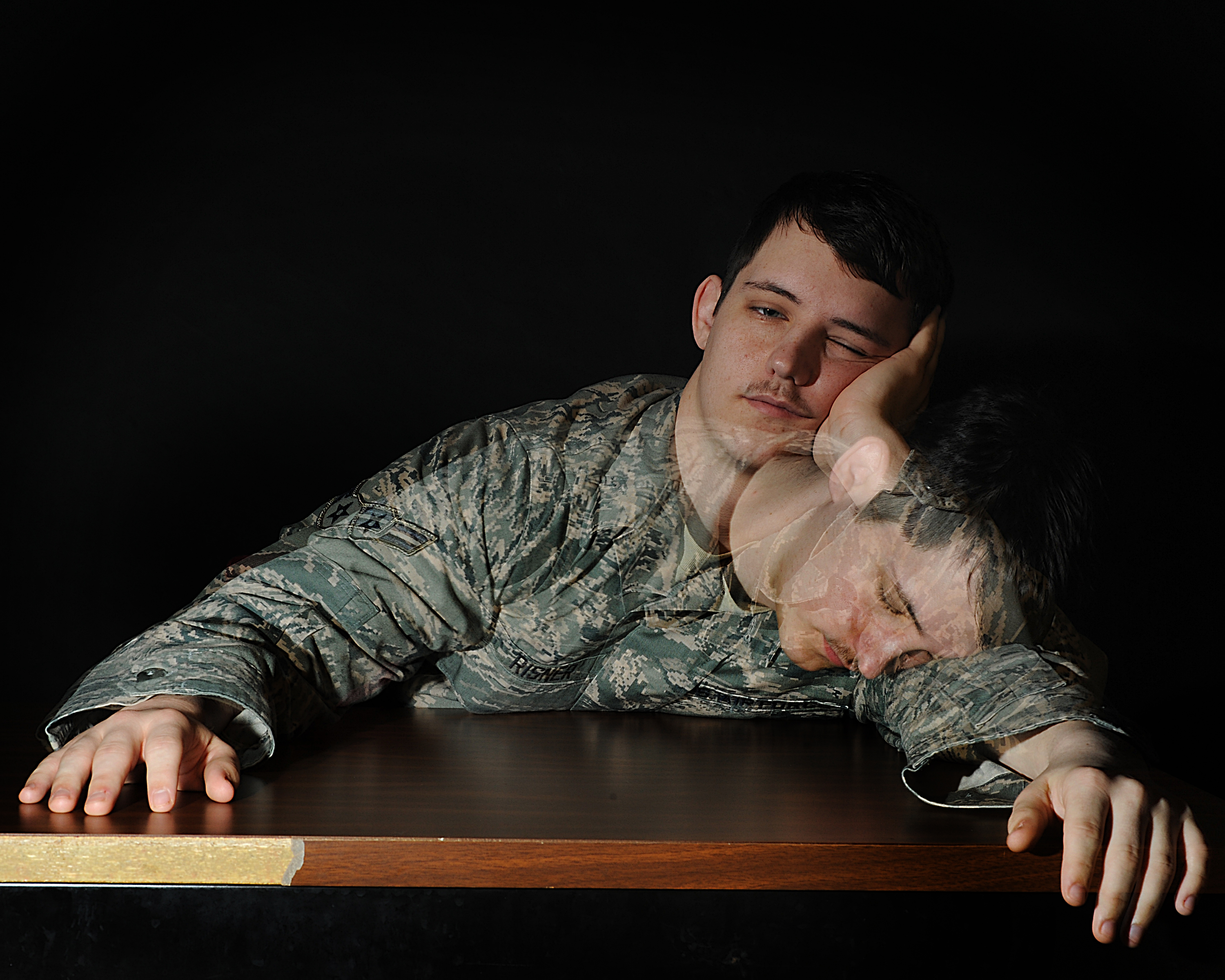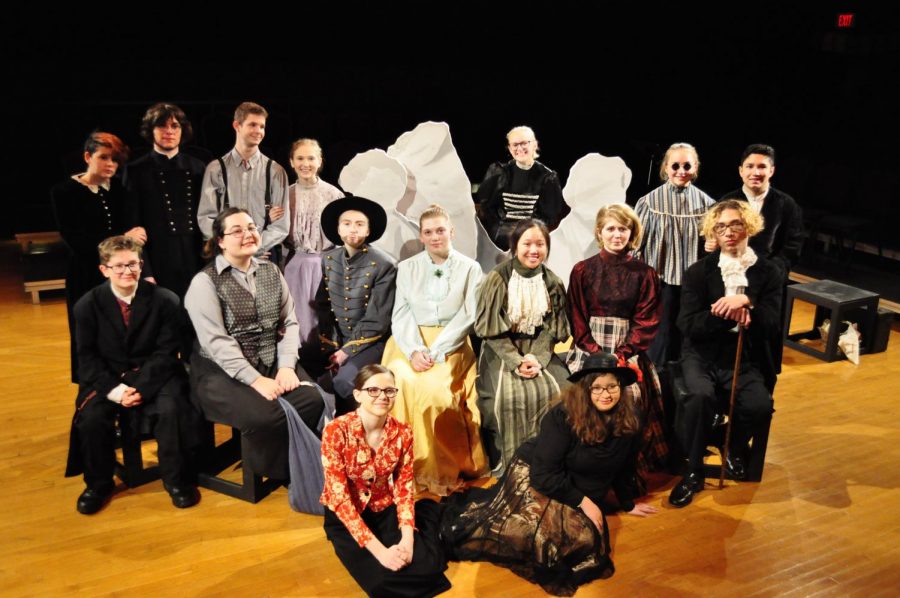From the ghosts of Christmas past, present and future to the spirits haunting our favorite horror films, and even on to our animated friend Casper the Friendly Ghost, ghosts appear quite often in our culture. But these spooky beings aren’t just another American fad; ghosts have been prevalent for centuries. As early as the first century A.D., where Roman author and statesman Pliny the Younger reported the apparition of an old man with a long beard and rattling chains was haunting his home in Athens, ghost sightings have been recorded. There are many recorded sightings and countless theories of the existence of ghosts, but not as much scientific evidence to back up these claims. The debate of whether or not souls live on after death amongst the living has gone on for centuries.
One issue with the debate is there is no unanimous definition for the word “ghost”. There are several definitions for the word, but in English the word tends to refer to the spirit of a deceased individual which can appear to the living. But even in American culture alone ghosts vary to the point of inconsistency. In some stories they are visible while in others they are not. Some sightings mention the movement of objects while others mention only feelings of uneasiness or a change in temperature. With so many varying stories, it can be hard to pinpoint what exactly a ghost is.
Peter Underwood, a British author who researched ghosts for decades, has created his own classification of ghosts. Underwood recognizes nine types of ghosts: elementals, poltergeists, historical ghosts, mental imprint manifestations, death-survival ghosts, apparitions, time slips, ghosts of the living and haunted inanimate object. With a larger classification group than simply the word “ghost”, the phenomena of spirits is a lot easier to understand and accept.
As it turns out, a significant amount of people believe in ghosts. According to news site The Atlantic, 42% of Americans say they believe in ghosts. People have many reasons to believe in what many claim to be fiction. For some it is a way to explain something they cannot understand. This often connects to various religions. Many polytheistic religions such as Taoism and ancient Greece explain things such as weather and nature with their gods and deities. Others believe in ghosts because it comforts them to believe the souls of their loved ones live on after death.
As stated on the History channel’s website, “Places that are haunted are usually believed to be associated with some occurrence or emotion in the ghost’s past; they are often a former home or the place where he or she died. Aside from actual ghostly apparitions, traditional signs of haunting range from strange noises, lights, odors or breezes to the displacement of objects, bells that ring spontaneously or musical instruments that seem to play on their own.”
Famous sightings include Anne Bolyen, second wife to King Henry VIII and mother of Queen Elizabeth I; past presidents such as Abraham Lincoln; and the Brown Lady from Raynham Hall, Norfolk. Among other places, several similar paranormal experiences have been recorded from places such as Alcatraz, the Eastern State Penitentiary, and the Monte Cristo Homestead. But can all of these experiences be explained with science?
From the point of view of most scientists, ghosts are not real. There are numerous explanations for the floating orb in an old photograph or the movement of a planchette across a Ouija board. Explanations are often among the variety of light reflection and drafts, but there are many which dig a bit deeper. One scientific explanation disproving the existence of ghosts is electromagnetic fields. According to the science section of the sight How Stuff Works, electromagnetic fields influence our brain waves, “causing hallucinations, dizziness or other neurological symptoms.” A similar explanation scientists have concocted is the presence of mold. Many alleged haunted places contain various types of mold. Some of these molds can cause symptoms such as irrational fear and dementia. As far as science goes, ghosts are hallucinations dredged up from our minds and not actual occurrences.
Whether it’s the sound of Al Capone playing the banjo in the bathrooms of Alcatraz, the headless body of Anne Bolyen walking the corridors of the London Tower or an old man rattling chains in an ancient Greek home, there have been countless sightings of ghosts. Whether these beings are real or not depends on one’s own experiences and beliefs. But whether someone believes in spirits or not, it is hard not to be spooked by stories told around the campfire.

















